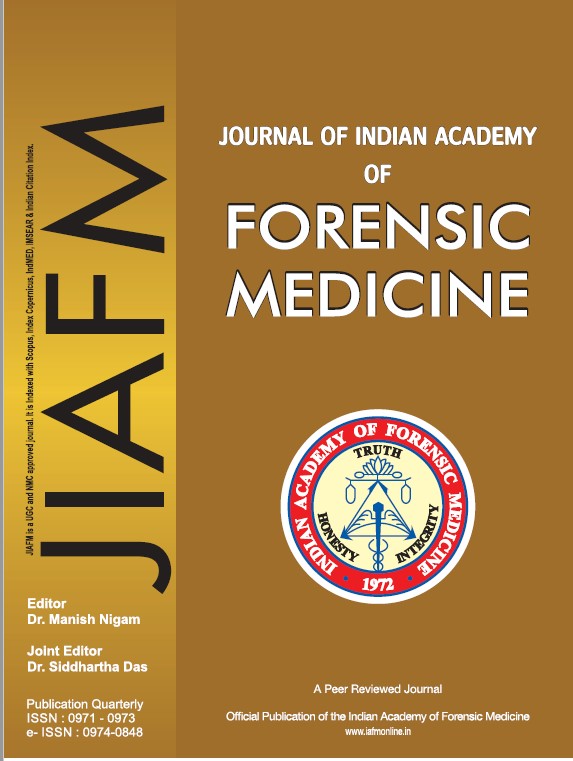Accuracy and reproducibility of 3D data acquisition for human teeth using intra-oral scanners: A forensic odontological approach
Keywords:
Odontometrics, 3D scanning, Digital measurements, Forensic odontology, Intra-oral scannersAbstract
Three-dimensional (3D) scanning technologies are a new development in the area of forensic dentistry. Dental measurements also called as odontometrics can provide forensic odontologist an effective and reliable approach to evaluate the age, sex and biogeographical ancestry. The present study aims to compare and evaluate the accuracy of the acquired 3D dental model through manual and digital linear measurements. Sixty-three extracted human teeth were used in the study. The manual metrics obtained using digital vernier caliper served as reference values, and the digital models of teeth were created using an intraoral 3D scanner and further measurements were recorded through 3D propriety software. A parametric two sample T-test showed statistical agreement among the four parameters for premolars and five parameters for molars out of seven total parameters. The work suggests digital technology may serve as an alternative technique over physical measuring techniques, but certain structured standards and procedures should be developed for data acquisition and analysis to address the discrepancies encountered by digitization of data.


